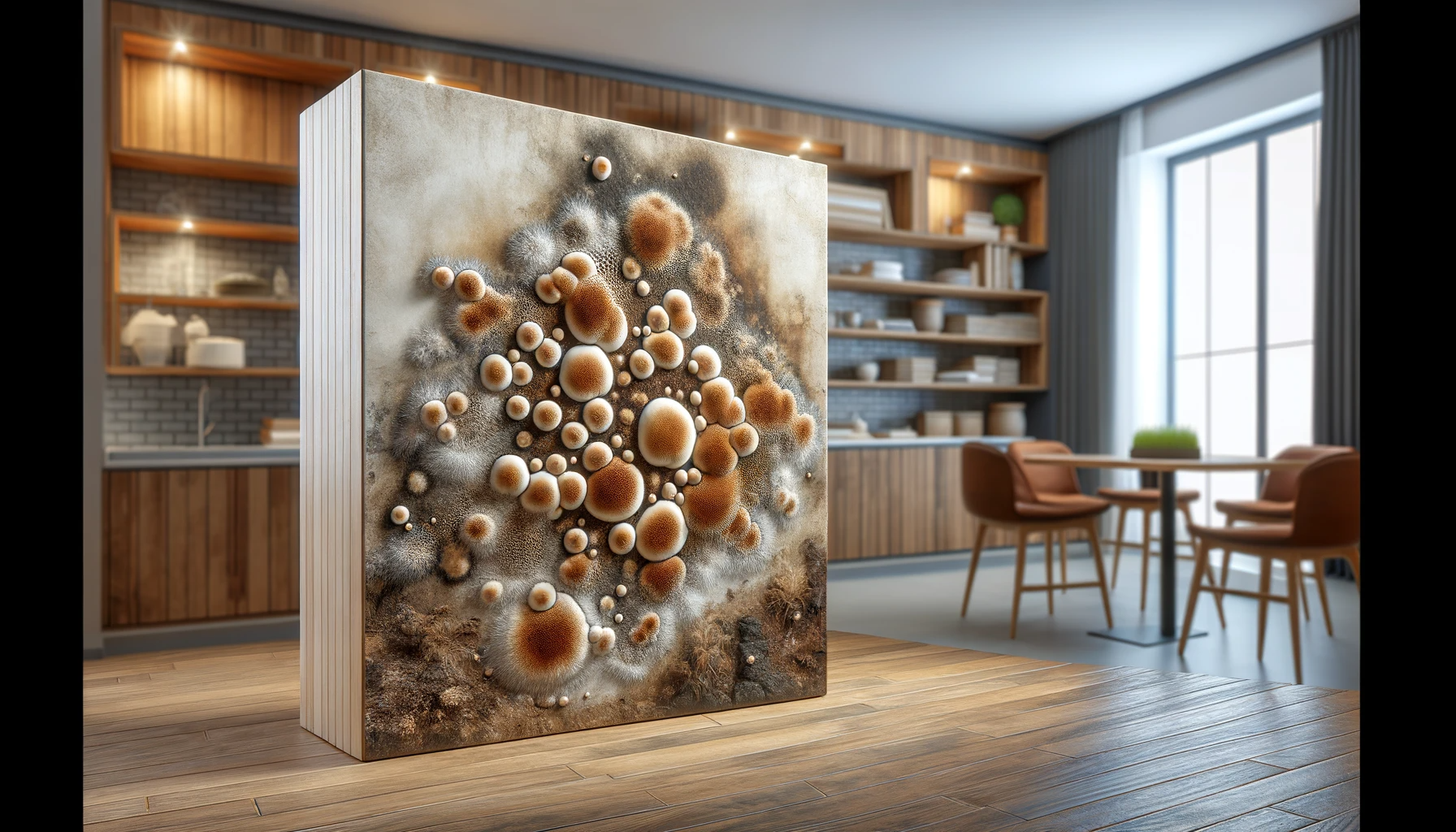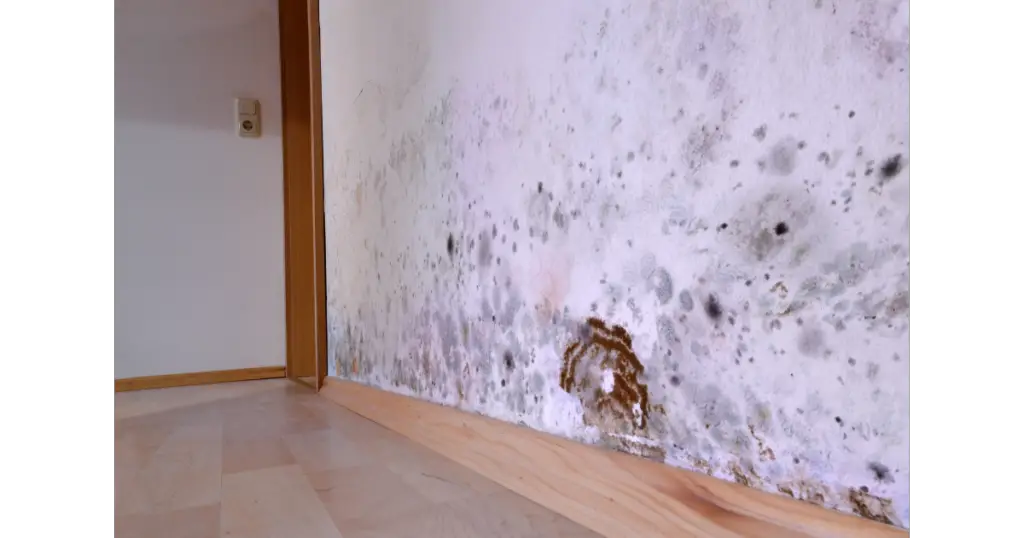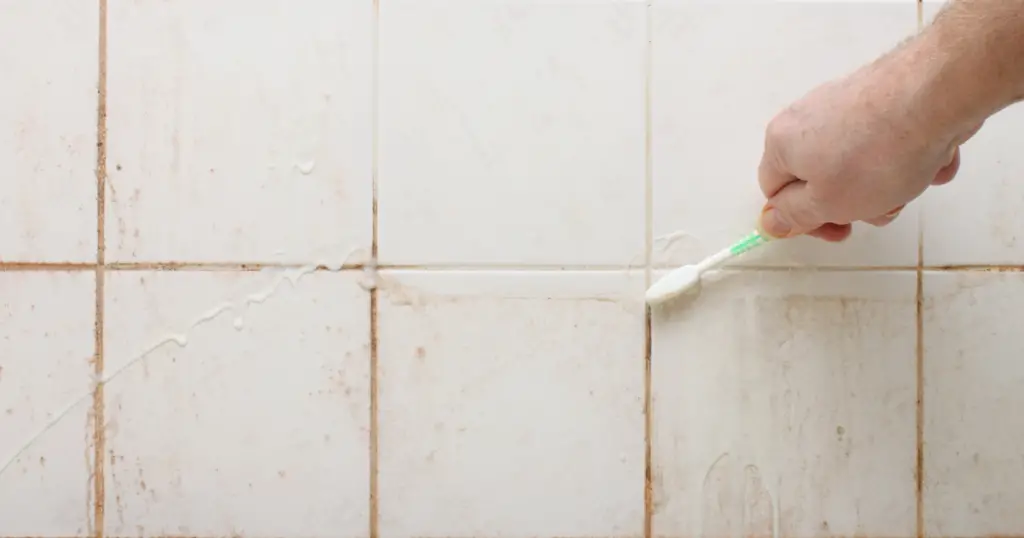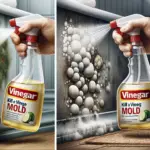Molds are essential for the world’s ecosystems, as they help to break down organic material. Unfortunately, molds can be hazardous for human health and often appear in unsightly shades such as brown, pink or black. As a result, we must take steps to ensure our homes remain safe from these potentially damaging organisms.
Brown mold is a term used for numerous varieties of fungi commonly found on wooden surfaces but also potentially visible on tiles, walls and other materials. Brown mold can be an indication of water damage, so it’s crucial to recognize its characteristics and know how to deal with it. Brown mold is one of the most common signs that there are water leaks somewhere in your home. Educating yourself on its characteristics and how to properly remove it will save you from experiencing any potential negative side effects.
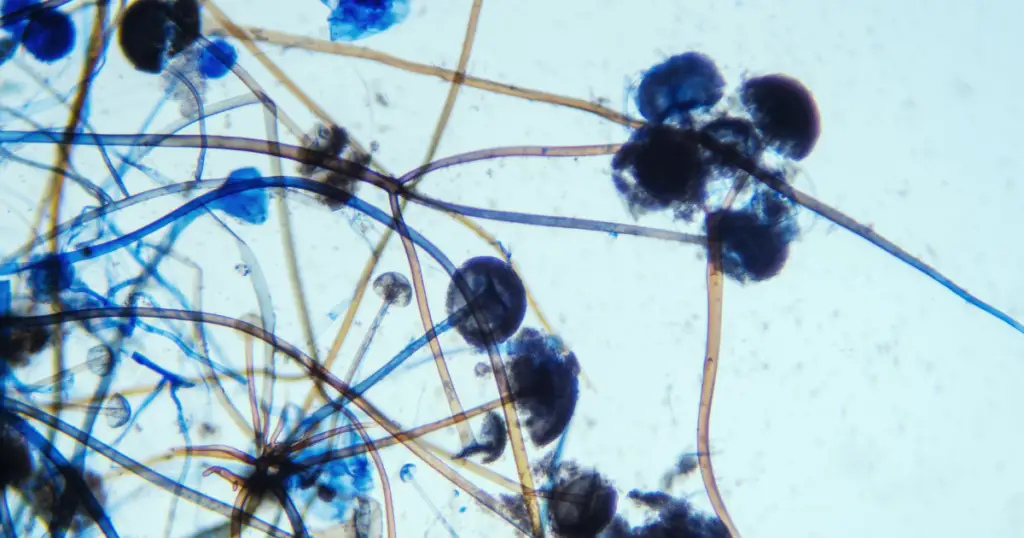
What are Mold Spores and how do they grow?
Mold spores are microscopic particles that drift through the air and can settle in warm, damp areas with plenty of organic matter. These particles are what begin the process of mold growth. Mold spores can be difficult to detect as they are invisible to the human eye, making it important to check regularly that your home is free from moisture and other conditions which could facilitate mold growth.
These spores travel through the air and when they land on an area containing the necessary components for growth, they develop into colonies. Mold growth is caused by a combination of moisture, the presence of organic matter such as wood, drywall, paper or fabrics, and warm temperatures. Once these colonies begin to form, they spread quickly and can cause a range of problems from musty odors to serious health issues.
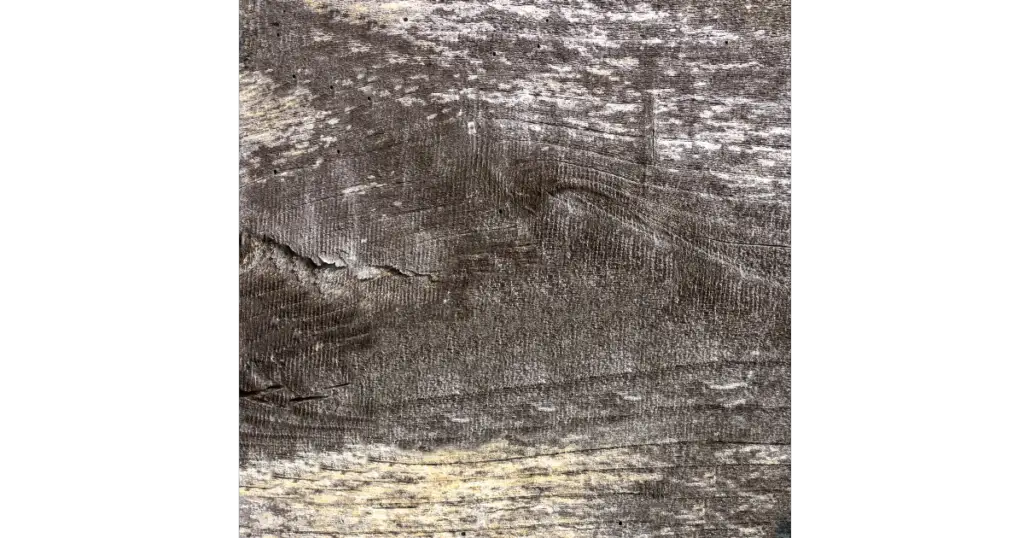
Is brown mold mildew or mold?
Most people mistakenly assume that all molds are the same. However, this is not true. Brown mold can be either a type of mildew or an actual mold. Mildew is a type of fungus that appears as powdery spots in white, gray and yellow shades, but it does not produce spores like other molds. Mold, on the other hand, does produce spores and can appear in various colors, including brown. It’s important to identify the type of mold you’ve found to determine how to best proceed with its removal.
How can I identify Brown Mold?
If you spot an area with a yellowish-brown color and/or a musty smell
Brown mold is a potentially harmful fungi that can appear as dark blotches on hard surfaces. If left untreated, it may spread and become fuzzy with tiny fungal clusters decorating the surface areas.
There are a few varieties of brown molds to be aware of such as Taeoniella, Pithomyces chartarum, Stemonitis (frequently seen in bathrooms), and Aureobasidium pullulans. Though it’s impossible to discern the specific type of mold without lab testing, Brown Mold is not always brown. It can be present in tan, dark yellow and even black hues.
Furthermore, it has a recognizable musty smell and releases spores that may be visible under light. Additionally, its color may depend on where the fungus grows – for instance, if you find brown mold growing on plywood then look through a microscope you will observe its hue to be darker than usual.
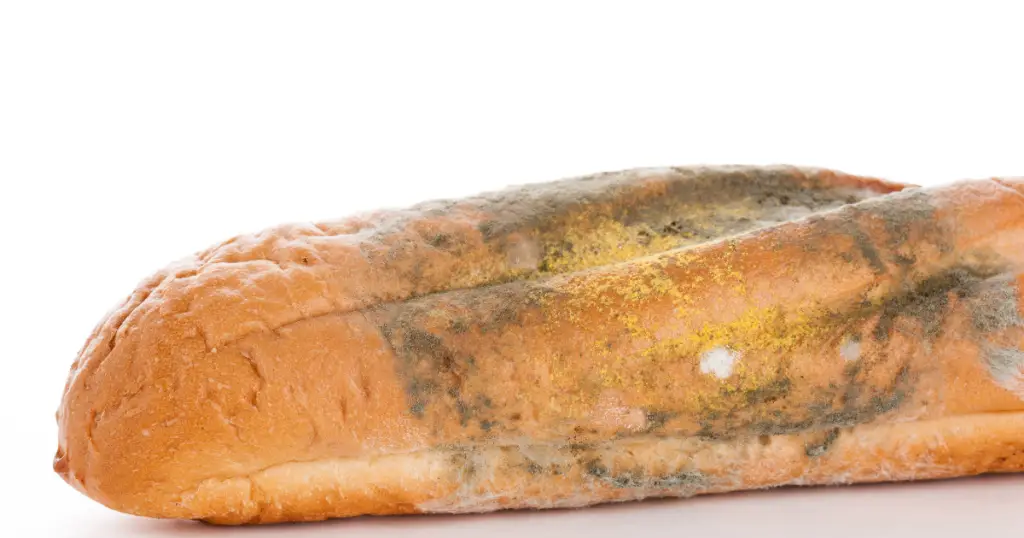
Types of Brown Mold
Cladosporium:
The genus, characterized by its creation of darkly pigmented spores, is notorious for causing detrimental health complications such as allergies and asthma in individuals. In rare instances, it has even been responsible for fatal infections.
Taeoniella:
This fungus may appear as brown or black and is known to grow on wood, potentially resulting in severe rot.
Pithomyces chartarum:
A fast-spreading mold that can survive in a wide array of temperatures and climates, this organism produces mycotoxins which are harmful to animals and humans alike.
Stemonitis:
Chocolate tube slime mold, also known as hairy brown slime, tree hair or pipecleaner slime due to its feather-like threads of growth, is a fast-growing species found in damp environments such as decaying wood and moist areas like bathrooms.
Ulocladium:
Ulocladium mold is an especially dangerous type of fungi that thrives under the most humid conditions, often appearing in environments where water damage has occurred. Allergic reactions and illness are common symptoms associated with its presence; however, it can be even more deadly as there have been cases linked to Ulocladium resulting in death.
Aureobasidium pullulans:
A. pullalans is a species renowned for its immense adaptability, often taking on an array of hues from creamy pink to black and thriving in various temperatures and moisture levels across numerous surfaces. Unfortunately, A. pullalans can also be hazardous as it has been known to trigger adverse allergic reactions and illnesses in humans if not managed carefully.
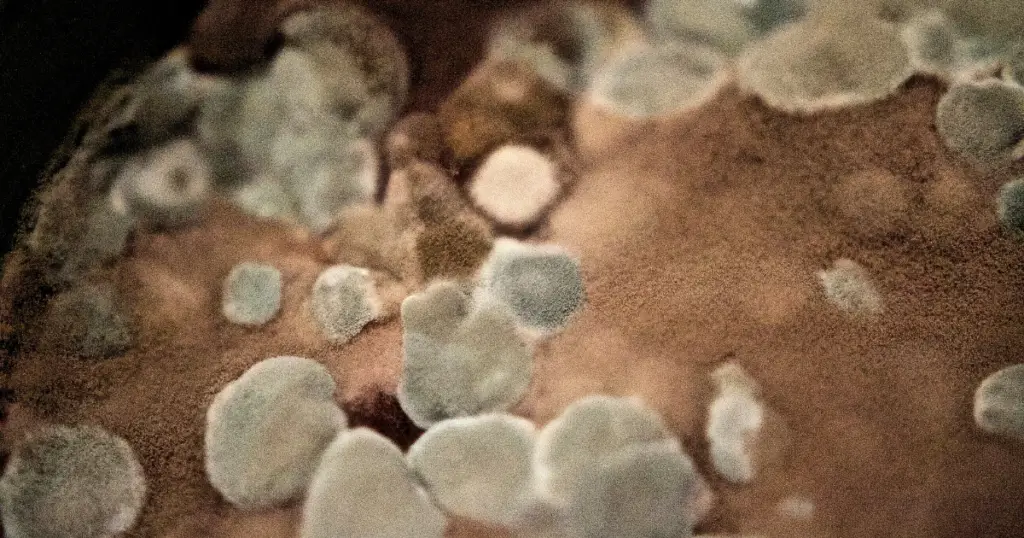
What are the most common Mold Species?
The most common type of brown mold is Cladosporium. It is a toxic fungus that can cause allergic reactions, asthma attacks, and even life-threatening infections in rare cases.
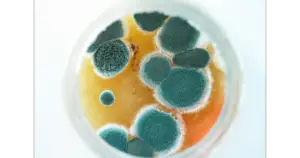
Brown Mold Growth
Brown Mold loves dark, moist areas with inadequate airflow such as bathrooms, attic and basements. When mold spores float through the air to land on surfaces in our house that contain enough moisture, organic material and oxygen they establish themselves, reproduce rapidly and result in a bigger problem if unattended.
Brown mold is renowned for its affinity towards wood surfaces and other hard organic materials; it also gets the most nourishment when there’s a high level of moisture present. This type of fungus flourishes in shadows, thus areas that are usually kept hidden should always be thoroughly inspected to ensure no growth has occurred. Furthermore, floods or any form of water damage may cause brown mold to spread rapidly throughout your home.
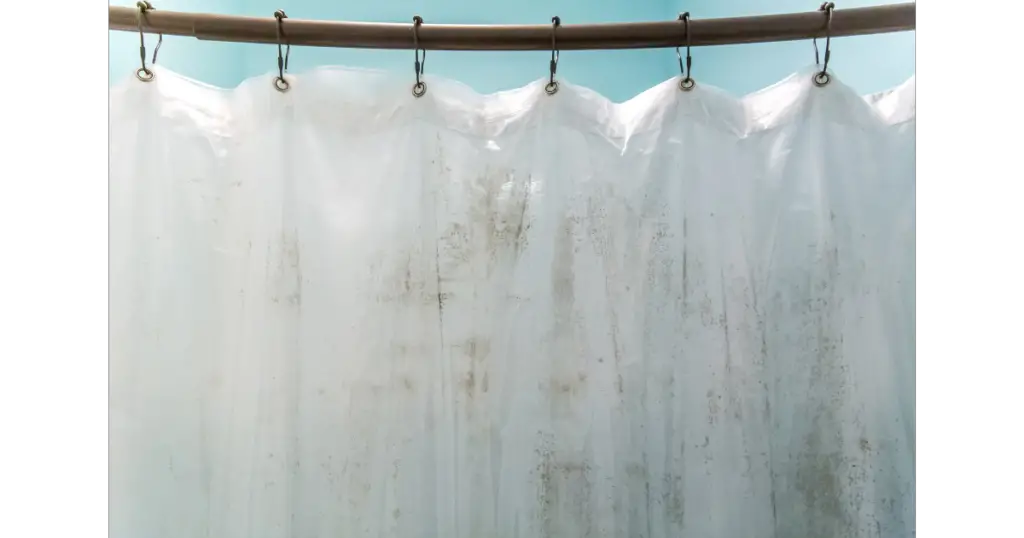
Where are the most common places I can find Brown Mold Growth?
Brown Mold is often found in humid environments and also loves to hide in tight places. Common areas to look out for are the inside of walls, basements, bathrooms, attics and any place that has been water damaged. It can also be found on upholstered furniture, carpets and other fabrics.
Wood
Wood is an ideal breeding ground for brown mold. When conditions are moist, wood tends to become soft and damp – perfect for the growth of this fungi. It doesn’t matter if it’s indoors or outdoors; any wooden structure that comes into contact with water will be vulnerable to mold infestation. Common places where you’re likely to find brown mold include bathrooms, kitchens, backyards, and even on the edges of wooden poultry houses.
Celling
Brown mold is a common problem on ceilings- where they are usually dark and often damp. Even though many people believe that the warmer months of summer may prevent buildup, unfortunately this is not true; your ceiling will remain in darkness which allows mold to grow unchecked.
Brown molds, like all other mold colors, can have a detrimental impact on your wellbeing if exposed to these conditions for an extended time. If you’re suffering from constant allergies and irritation, there’s a chance the culprit might be lurking in your ceiling.
Walls
Brown mold is known to inhabit surfaces such as walls; however, it can also be present inside of your home. This form of growth will start on the interior walls before spreading outward and manifesting itself in discolored patches on the exterior wall. To avoid any potential dangers that come with brown molds, we recommend you inspect all corners of your walls regularly for signs or discoloration or other noticeable abnormalities.
Brown mold appears in its early stages as dark spots, and with time, it can develop into unsightly mushroom-like growths. Poor lighting and leaking of water are the primary causes of wall mold – especially in old buildings or homes that have been vacant for a while. When exposed to external elements such as weather conditions without regular maintenance, these surfaces provide an ideal environment for molds to form on walls.
Bathroom
Brown mold is a common consequence of excessive moisture in bathrooms, potentially accompanied by leakage issues. This type of mold can easily be identified with fuzzy growth that resembles small blobs and often begins to form between tiles or corners, windowsills, carpeting and floorboards; as it originates from wood-based materials.
To confirm the presence of brown mold for sure, professional lab testing should be conducted – however if one notices this typical type of furry fungus on their bathroom surfaces they can feel confident that brown mold has taken hold.

Is Brown Mold Toxic?
Although brown mold is not considered highly toxic, longer contact can still cause serious health consequences if left to spread unchecked. Allergic reactions such as wheezing, rashes, skin irritation and even nausea are some common side effects when exposed to this type of fungi for an extensive time.
What color mold is most dangerous?
The most dangerous type of mold is “toxic black mold”, or Stachybotrys chartarum. It can be identified by its greenish-black color and slimy texture. It has a characteristic musty smell and thrives in damp environments – such as bathrooms, basements, and air conditioning units. Black mold produces toxins known as mycotoxins which can cause inflammation, nausea, and general respiratory illness.
If left untreated, it can lead to more serious health issues, such as neurological problems and asthma-like symptoms. It should be noted that black mold is not the only type of mold that can be hazardous – all molds have the potential to affect human health if present in an environment.
For these reasons, it is important to address brown mold as soon as it appears in your home. Regular inspections and maintenance of the areas mentioned above can help prevent and control any issues related to this fungus. By reducing moisture levels and eliminating dark corners, you can ensure that your family is safe from the dangers of toxic molds.
What are The Health Risks of being exposed to Brown Mold?
The health risks of being exposed to brown mold can range from mild symptoms such as headaches and chest discomfort to more severe ones like asthma attacks. Inhaling the spores produced by the mold can cause issues with the respiratory system which can lead to difficulty breathing, chest tightness and a persistent cough.
Long-term exposure has also been linked to persistent fatigue and depression. It is also important to remember that some people can be more sensitive to the effects of mold spores than others, so it’s best to take any warning signs seriously.
How do I prevent Brown Mold Growth?
The best way to prevent brown mold growth is through the maintenance of moisture levels in your home. Keeping humidity levels under 50%, using dehumidifiers or air conditioners, and ensuring proper ventilation are all important steps to take to reduce potential mold growth.
Additionally, checking for any water damage or leaks can provide an ideal environment for mold growth, so it’s important to address any wet areas as soon as possible. Regular inspections and cleanings of bathroom tiles, windowsills and other dark corners can also help prevent brown mold from taking hold in your home.
To ensure that brown mold does not become a nuisance, regular maintenance is key; such as:
Inspect your home for cracks, holes, and any other damage.
Mold growth requires moisture, so if your home is exposed to it, mold can start to spread in no time. Inspect any leaking pipes for potential water damage and make sure that rainwater is properly diverted away from the premises by checking your gutters and having the land around you sloped away from your house. Taking these simple but crucial steps will help keep mold out of your home.
Thoroughly clean and dry all surfaces.
Always check after heavy rainfall if there’s water in your home. Wipe and dry it immediately to prevent moisture from building up.
Ensure optimal air circulation, ventilation and humidity levels.
To prevent the growth of mold, you can start with something as easy as opening a window when cooking. Moreover, if there is no proper ventilation in your bathroom, then moisture from showering might be enough to create an ideal environment for mold to grow and thrive. In addition to the kitchen and bathroom other parts of your home that need attention are attics and laundry rooms; make sure that devices producing excess moisture have outdoor outlets set up.
How can I get rid of Brown Mold?
If you have identified dark spots and fuzzy growth on your walls, ceiling, or wooden surfaces that may be brown mold (as well as other types like Yellow Mold or Orange Mold), it’s time to start the removal process. All of these molds share similar growing conditions with spores; therefore, their elimination follows a similar procedure.
The seriousness of mold growth determines what methods are necessary to get rid of it. If the brown mold has grown and spread, you may need an expert to advise on how best to remove it; in this situation, a professional mold remediation service may be your only option.
With that in mind, let us guide you through the process of ridding your home of this pesky mold with our step-by-step instructions.
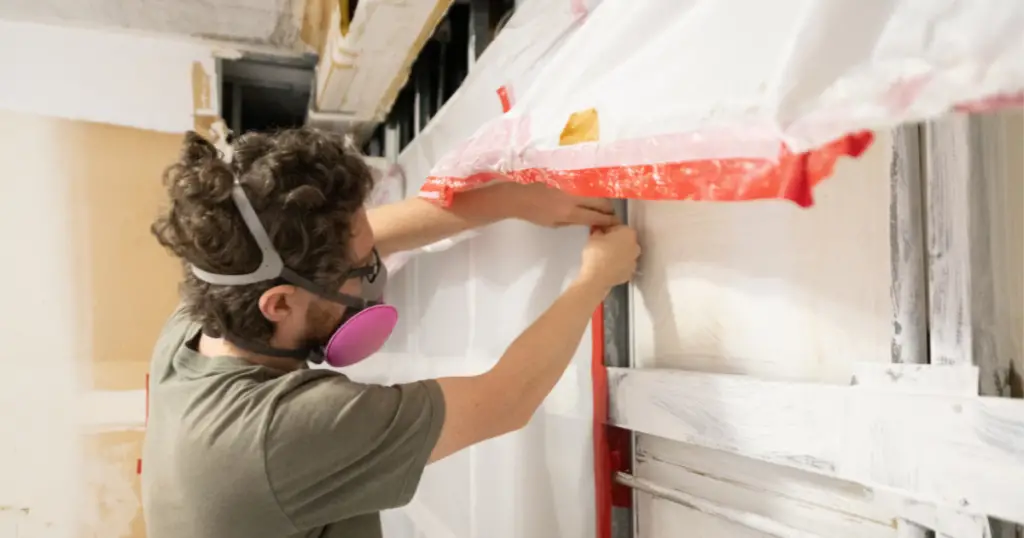
Brown Mold Removal
- Safety First: Protect yourself and others by putting on disposable gloves, a disposable mask, and goggles. Be sure to check that you don’t have any asthma or allergies related to mold.
- Ensure that all materials contaminated or damaged are properly discarded. To avoid further water damage, make sure to discard all absorbent materials such as carpets and furniture cushions immediately. For maximum safety, double-bagging is recommended when disposing of waste.
- Make sure to dry and well-lit. Let the fresh air in with some open windows, then run a dehumidifier to get rid of any lingering moisture. Finally, make sure that your work area is sufficiently lit so you can see what you’re doing.
- Bleach the area. Start with a 10% bleach solution, and if necessary, work your way up to 100%. Apply the bleach solution directly onto the mold or use a scrub brush to clean. Dry out any remaining moisture.
- Soak the area. Combine three parts water and one part detergent into a spray bottle, then vigorously scrub over the surface. Allow it to dry before repeating the process for optimal results.
- Eco-friendly choice. If you are seeking an alternative to detergent and soap, then vinegar or hydrogen peroxide can be the solution. Just blend one part of any of these substances with three parts water and scrub thoroughly the surface.
- Dry the area. Once the process is complete, make sure to thoroughly extract any remaining moisture and prevent mold from reoccurring.
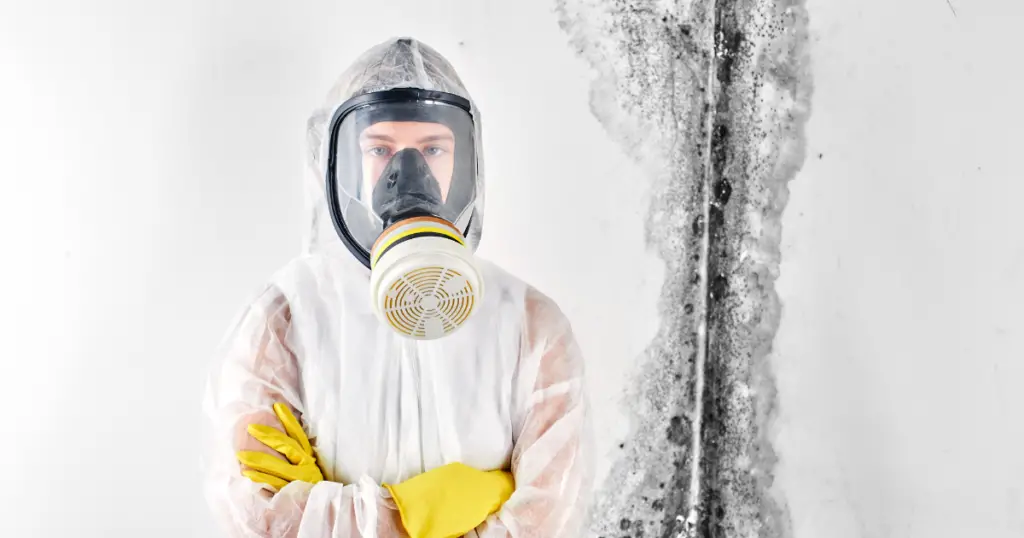
Professional Help
The most important thing to keep in mind when dealing with brown mold is that it can have serious health effects if not handled properly. Don’t hesitate to call for professional help if the situation gets out of hand. They will be able to provide you with the best removal advice, as well as put in place preventive measures to protect your family from any further contamination.
Brown mold can cause serious health risks if not handled properly; however, knowing how to identify it and following the right steps for removal can help keep your home safe and healthy.
In conclusion, If you notice dark patches in your home, it could be a sign of a brown mold infestation. Ignoring these dark patches can have serious consequences, as the spores can spread quickly and cause a range of health problems. It is important to take immediate action to identify and remove mold growth to prevent further harm to your health.
[/et_pb_text][/et_pb_column][/et_pb_row][/et_pb_section]

